Long, narrow flowerbed redesign ideas?
stevation
16 years ago
Featured Answer
Sort by:Oldest
Comments (15)
Embothrium
16 years agostevation
16 years agoRelated Professionals
Allentown Landscape Architects & Landscape Designers · Suffern Landscape Architects & Landscape Designers · Fairfield Landscape Contractors · New Braunfels Landscape Contractors · Post Falls Landscape Contractors · Centreville Decks, Patios & Outdoor Enclosures · Lincolnton Decks, Patios & Outdoor Enclosures · Miami Decks, Patios & Outdoor Enclosures · Orange County Decks, Patios & Outdoor Enclosures · Rantoul Decks, Patios & Outdoor Enclosures · Villa Park Decks, Patios & Outdoor Enclosures · Westford Decks, Patios & Outdoor Enclosures · Eustis Decks, Patios & Outdoor Enclosures · Brenham Swimming Pool Builders · Drexel Hill Swimming Pool BuildersEmbothrium
16 years agoduluthinbloomz4
16 years agostevation
16 years agowoodyoak zone 5 southern Ont., Canada
16 years agokarinl
16 years agoprairie_love
16 years agostevation
16 years agoprairie_love
16 years agoBrent_In_NoVA
16 years agostevation
16 years agoduluthinbloomz4
16 years agodigdig
16 years ago
Related Stories
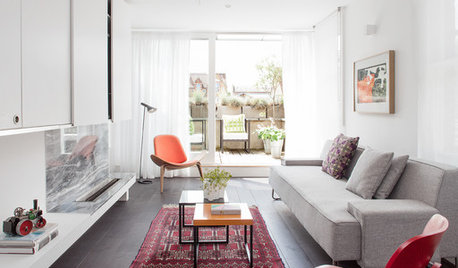
DECORATING GUIDESAsk an Expert: How to Decorate a Long, Narrow Room
Distract attention away from an awkward room shape and create a pleasing design using these pro tips
Full Story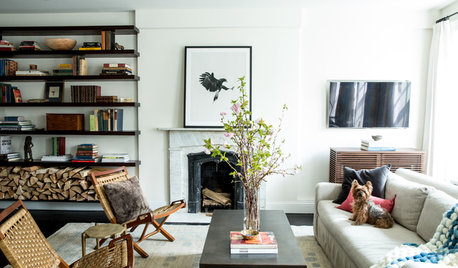
DECORATING GUIDESHouzz Tour: New York Apartment Redesign Cooks Up Good Looks
A 2-story brownstone unit, once home to fashion and music figures, is remade for newlyweds with a bigger kitchen and a master suite
Full Story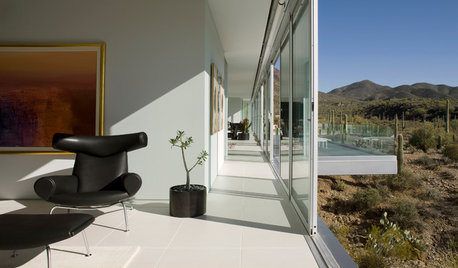
ARCHITECTUREDesign Workshop: Reasons to Love Narrow Homes
Get the skinny on how a superslim house footprint can work wonderfully for your site, budget and quality of life
Full Story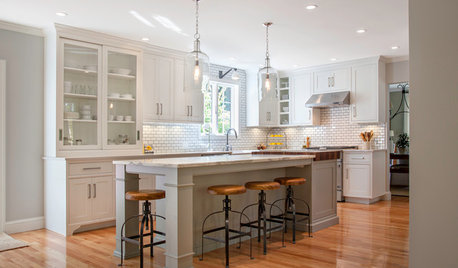
KITCHEN DESIGNKitchen of the Week: Warm and Industrial in New Hampshire
Generous helpings of wood keep white subway tile and cabinets from feeling cold in a kitchen redesigned long-distance
Full Story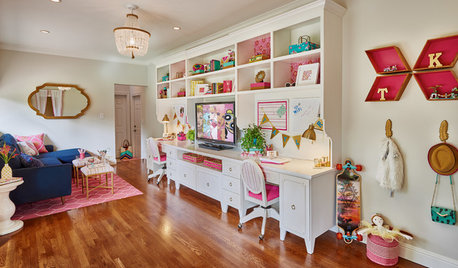
KIDS’ SPACESRoom of the Day: A Fun and Functional Lounge for 2 Tweens
A former narrow playroom becomes a stylish lounge where soon-to-be-teen sisters study and hang out with their friends
Full Story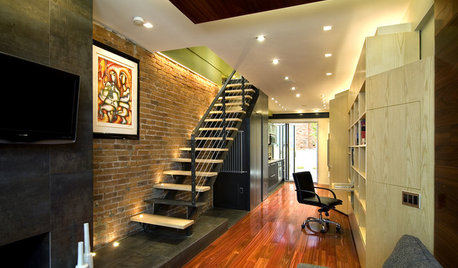
HOUZZ TOURSDesign Lessons From a 10-Foot-Wide Row House
How to make a very narrow home open, bright and comfortable? Go vertical, focus on storage, work your materials and embrace modern design
Full Story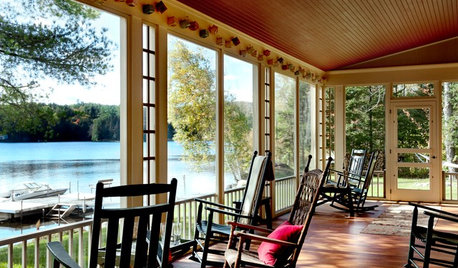
VACATION HOMESHouzz Tour: A Peaceful Lake House Rises From the Rubble
Crashing trees left this Vermont home uninhabitable, but a redesign made it better than ever
Full Story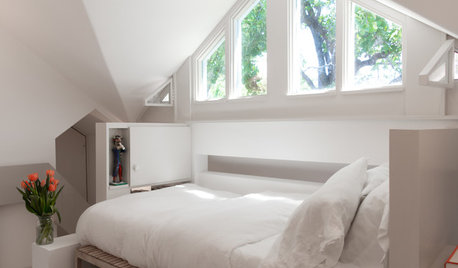
SMALL SPACESSmall-Space Ideas Unfold in Origami-Like Cube Loft
A redesigned studio in the Charles Moore–Arthur Andersson architectural compound in Austin, Texas, makes the most of its snug size
Full Story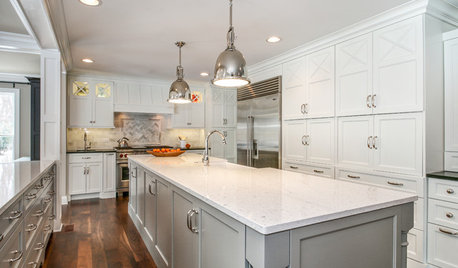
BEFORE AND AFTERSInside Houzz: Ideabooks Propel a Major Chicago Remodel
Communicating redesign wishes was easy for a homeowner with Houzz’s tools at her fingertips
Full Story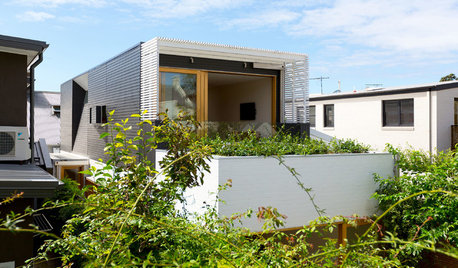
MODERN HOMESHouzz Tour: Seeing the Light in a Sydney Terrace House
A narrow row house gains lots of interior sunshine and a connection to the outdoors without sacrificing privacy
Full Story





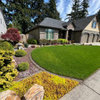



beanie34